-
 Bitcoin
Bitcoin $114200
0.00% -
 Ethereum
Ethereum $3637
0.56% -
 XRP
XRP $2.950
-2.01% -
 Tether USDt
Tether USDt $0.9999
0.02% -
 BNB
BNB $761.0
0.55% -
 Solana
Solana $164.1
-1.38% -
 USDC
USDC $0.9999
0.02% -
 TRON
TRON $0.3332
0.36% -
 Dogecoin
Dogecoin $0.2012
-0.52% -
 Cardano
Cardano $0.7261
-1.41% -
 Hyperliquid
Hyperliquid $37.62
-2.13% -
 Stellar
Stellar $0.3930
-2.65% -
 Sui
Sui $3.441
-0.16% -
 Bitcoin Cash
Bitcoin Cash $563.8
0.70% -
 Chainlink
Chainlink $16.50
0.09% -
 Hedera
Hedera $0.2424
-0.14% -
 Ethena USDe
Ethena USDe $1.001
0.01% -
 Avalanche
Avalanche $22.20
0.00% -
 Litecoin
Litecoin $118.0
-2.48% -
 UNUS SED LEO
UNUS SED LEO $8.991
0.12% -
 Toncoin
Toncoin $3.195
-3.87% -
 Shiba Inu
Shiba Inu $0.00001217
0.12% -
 Uniswap
Uniswap $9.674
-0.21% -
 Polkadot
Polkadot $3.633
1.00% -
 Monero
Monero $295.3
-0.82% -
 Dai
Dai $0.9999
0.00% -
 Bitget Token
Bitget Token $4.321
-0.41% -
 Cronos
Cronos $0.1392
0.73% -
 Pepe
Pepe $0.00001027
-0.89% -
 Aave
Aave $258.5
0.32%
What is Epoch Boundary?
Epoch boundaries in PoS blockchains mark epoch transitions, crucial for validator shuffling, reward distribution, and maintaining network integrity and security.
Apr 09, 2025 at 04:28 pm
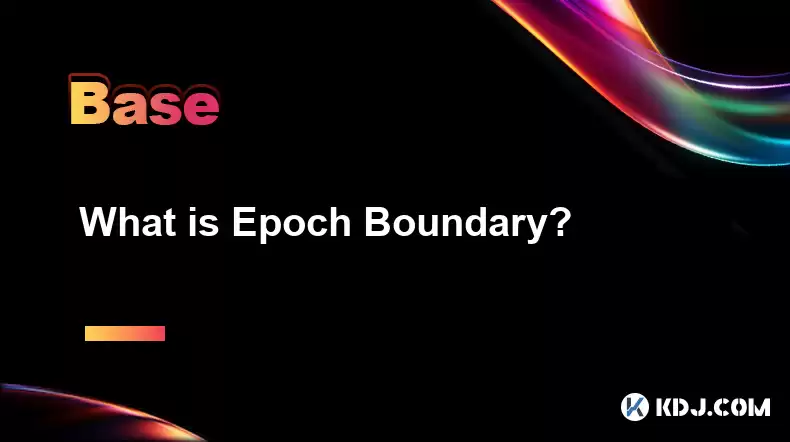
What is Epoch Boundary?
In the world of cryptocurrencies, particularly those that utilize Proof of Stake (PoS) consensus mechanisms, the term Epoch Boundary plays a crucial role. An epoch boundary marks the transition from one epoch to another within the blockchain's timeline. Understanding this concept is essential for anyone involved in staking, validating, or simply interested in the technical aspects of blockchain operations.
The Role of Epochs in Blockchain
An epoch is a period of time within a blockchain's operation, typically used to organize and manage the validation process. In many PoS systems, epochs are used to group blocks together, allowing for more efficient processing and validation. Each epoch consists of a fixed number of slots, and each slot can contain one or more blocks. The epoch boundary is the point at which one epoch ends and another begins, triggering various processes within the network.
How Epoch Boundaries Work
At an epoch boundary, several important actions occur. These actions are designed to maintain the integrity and efficiency of the blockchain. For instance, validators are reassigned, rewards are distributed, and new blocks are proposed. The exact processes can vary depending on the specific blockchain protocol, but the fundamental purpose remains the same: to ensure smooth transitions and maintain the network's stability.
The Importance of Epoch Boundaries in PoS Systems
In Proof of Stake systems, epoch boundaries are particularly significant. They are critical for the operation of the consensus mechanism, as they facilitate the shuffling of validators and the redistribution of staking rewards. This shuffling helps to prevent centralization and ensures that the network remains decentralized and secure. Additionally, epoch boundaries allow for the implementation of protocol upgrades and changes without disrupting the ongoing operation of the blockchain.
Technical Details of Epoch Boundaries
To delve deeper into the technical aspects, let's consider how an epoch boundary is implemented in a typical PoS blockchain. When an epoch reaches its end, the following steps occur:
- Finalization of the Current Epoch: All blocks within the current epoch are finalized, ensuring that they are permanently added to the blockchain.
- Validator Shuffling: A new set of validators is selected for the upcoming epoch. This is done using a random selection process to ensure fairness and prevent any single entity from dominating the validation process.
- Reward Distribution: Staking rewards are calculated and distributed to validators based on their performance during the previous epoch.
- Proposal of New Blocks: The first block of the new epoch is proposed, marking the beginning of the new epoch.
These steps are crucial for maintaining the health and security of the blockchain, and they are all triggered at the epoch boundary.
Examples of Epoch Boundaries in Popular Blockchains
To illustrate the concept of epoch boundaries, let's look at a few examples from well-known blockchains:
- Ethereum 2.0: In Ethereum's transition to a PoS system, epochs are set to last 6.4 minutes, with each epoch containing 32 slots. At the end of each epoch, validators are reshuffled, and rewards are distributed.
- Tezos: Tezos uses epochs to manage its baking (validating) process. Each epoch lasts for approximately 2 days, and at the end of each epoch, a new set of bakers is selected.
- Cardano: Cardano's Ouroboros protocol uses epochs to organize its slot leaders. Each epoch lasts for 5 days, and at the end of each epoch, the slot leaders are reassigned.
These examples demonstrate how epoch boundaries are implemented in different PoS systems, highlighting their importance in maintaining the integrity and efficiency of the blockchain.
The Impact of Epoch Boundaries on Staking
For those involved in staking, understanding epoch boundaries is crucial. Stakers need to be aware of when these boundaries occur, as they directly affect the distribution of rewards and the selection of validators. Missing an epoch boundary can result in lost rewards or even penalties, depending on the specific protocol rules.
Conclusion
In conclusion, epoch boundaries are a fundamental component of Proof of Stake blockchains. They facilitate the smooth transition between epochs, ensuring the continued operation and security of the network. By understanding how epoch boundaries work, participants in the cryptocurrency ecosystem can better navigate the complexities of staking and validation.
Frequently Asked Questions
Q: How often do epoch boundaries occur in different blockchains?
A: The frequency of epoch boundaries varies depending on the blockchain. For example, in Ethereum 2.0, an epoch boundary occurs every 6.4 minutes, while in Tezos, it occurs approximately every 2 days. Cardano has epoch boundaries every 5 days.
Q: Can epoch boundaries be manipulated by malicious actors?
A: While it is theoretically possible for malicious actors to attempt to manipulate epoch boundaries, most PoS systems have robust security measures in place to prevent such actions. These measures include random validator selection and cryptographic proofs that ensure the integrity of the epoch boundary process.
Q: What happens if a validator misses an epoch boundary?
A: If a validator misses an epoch boundary, they may miss out on staking rewards for that epoch. In some systems, missing an epoch boundary can also result in penalties, such as a reduction in staked funds. It is crucial for validators to stay active and participate in the validation process to avoid such consequences.
Q: Are epoch boundaries the same as block boundaries?
A: No, epoch boundaries and block boundaries are different concepts. An epoch boundary marks the transition between epochs, which are groups of blocks. A block boundary, on the other hand, marks the transition between individual blocks within an epoch. Both are important for the operation of a blockchain, but they serve different purposes.
Disclaimer:info@kdj.com
The information provided is not trading advice. kdj.com does not assume any responsibility for any investments made based on the information provided in this article. Cryptocurrencies are highly volatile and it is highly recommended that you invest with caution after thorough research!
If you believe that the content used on this website infringes your copyright, please contact us immediately (info@kdj.com) and we will delete it promptly.
- BONK, PENGU, and Cold Wallet: What's Hot and What's Not in Crypto Right Now
- 2025-08-07 00:30:32
- Mantle Rockets, WeWake Presale: Chasing 100x Potential in Web3
- 2025-08-07 01:13:45
- Solana Price and the Rise of Remittix: Revolutionizing Crypto Payments
- 2025-08-07 01:13:45
- BlockSack (BSACK): The Base Meme Coin Taking Over the Chain
- 2025-08-07 00:30:32
- Ethereum, Transaction Volumes, and SEC Staking: Navigating the Regulatory Landscape
- 2025-08-06 22:30:13
- Crypto, Tokens, and Metrics: Navigating the New Frontier
- 2025-08-06 23:09:22
Related knowledge
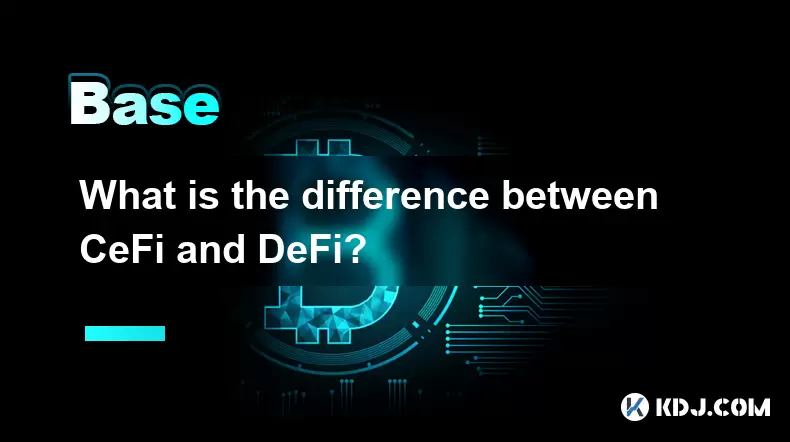
What is the difference between CeFi and DeFi?
Jul 22,2025 at 12:28am
Understanding CeFi and DeFiIn the world of cryptocurrency, CeFi (Centralized Finance) and DeFi (Decentralized Finance) represent two distinct financia...
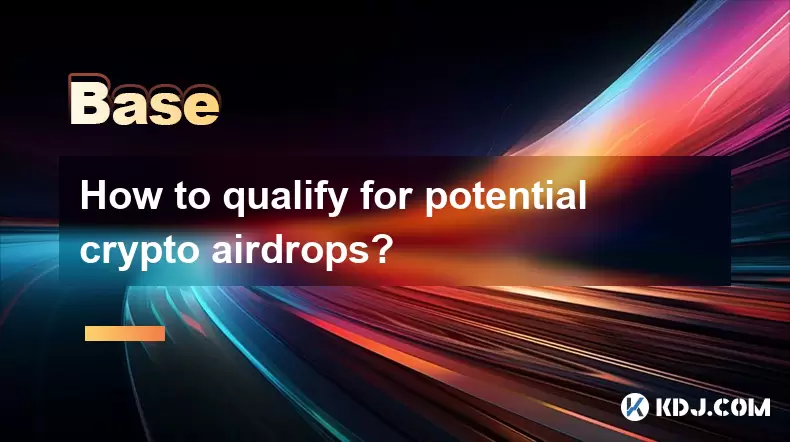
How to qualify for potential crypto airdrops?
Jul 23,2025 at 06:49am
Understanding What Crypto Airdrops AreCrypto airdrops refer to the distribution of free tokens or coins to a large number of wallet addresses, often u...
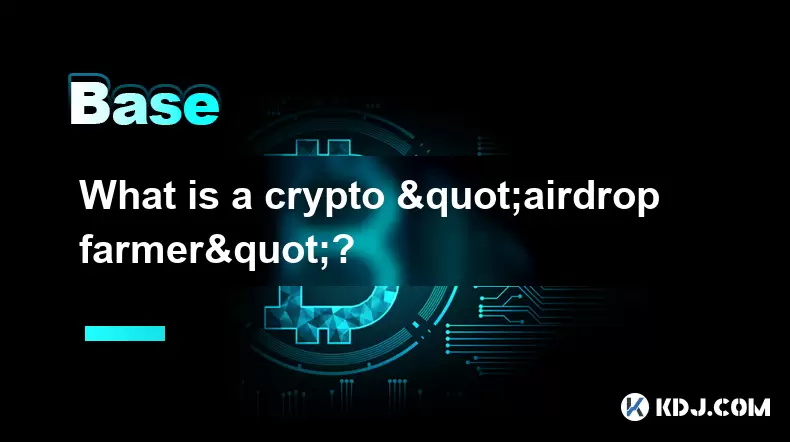
What is a crypto "airdrop farmer"?
Jul 24,2025 at 10:22pm
Understanding the Role of a Crypto 'Airdrop Farmer'A crypto 'airdrop farmer' refers to an individual who actively participates in cryptocurrency airdr...
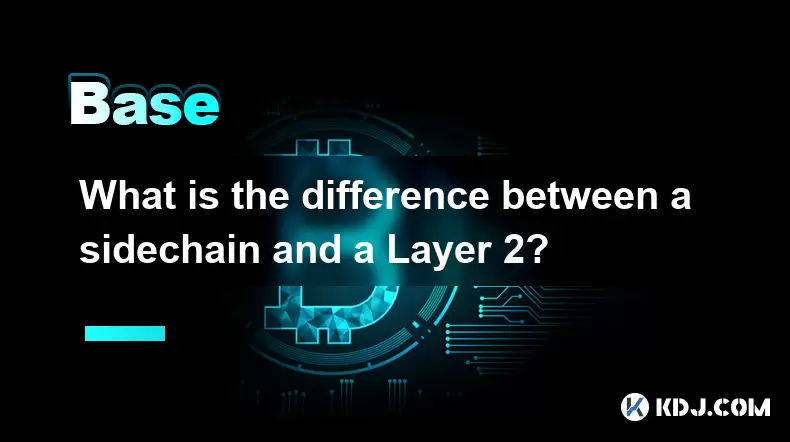
What is the difference between a sidechain and a Layer 2?
Jul 20,2025 at 11:35pm
Understanding the Concept of SidechainsA sidechain is a separate blockchain that runs parallel to the main blockchain, typically the mainnet of a cryp...
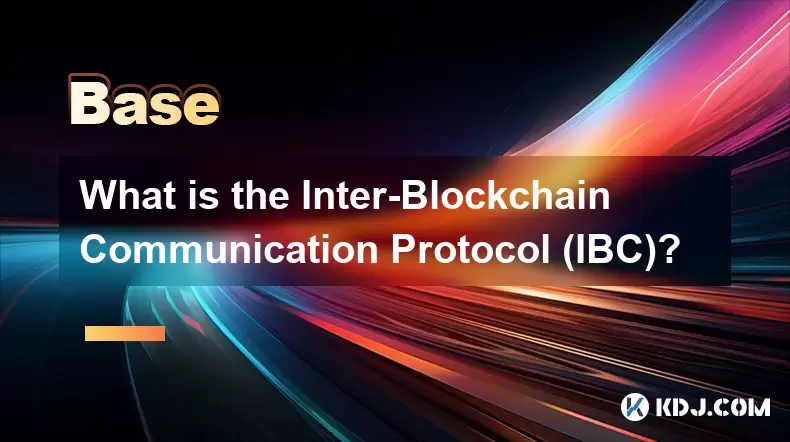
What is the Inter-Blockchain Communication Protocol (IBC)?
Jul 19,2025 at 10:43am
Understanding the Inter-Blockchain Communication Protocol (IBC)The Inter-Blockchain Communication Protocol (IBC) is a cross-chain communication protoc...
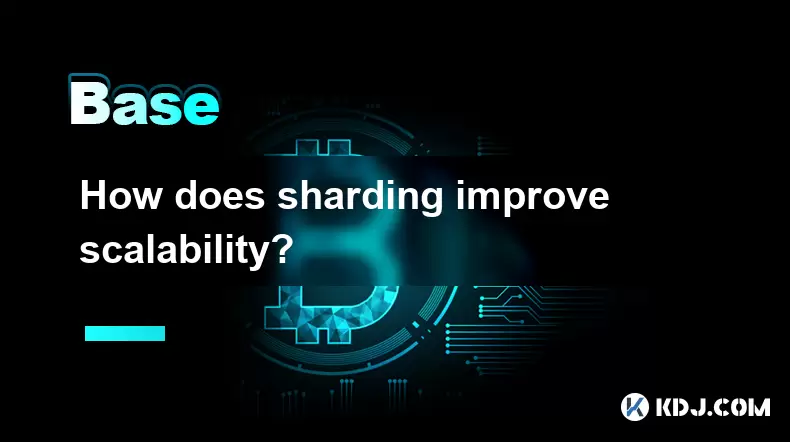
How does sharding improve scalability?
Jul 20,2025 at 01:21am
Understanding Sharding in BlockchainSharding is a database partitioning technique that is increasingly being adopted in blockchain technology to enhan...

What is the difference between CeFi and DeFi?
Jul 22,2025 at 12:28am
Understanding CeFi and DeFiIn the world of cryptocurrency, CeFi (Centralized Finance) and DeFi (Decentralized Finance) represent two distinct financia...

How to qualify for potential crypto airdrops?
Jul 23,2025 at 06:49am
Understanding What Crypto Airdrops AreCrypto airdrops refer to the distribution of free tokens or coins to a large number of wallet addresses, often u...

What is a crypto "airdrop farmer"?
Jul 24,2025 at 10:22pm
Understanding the Role of a Crypto 'Airdrop Farmer'A crypto 'airdrop farmer' refers to an individual who actively participates in cryptocurrency airdr...

What is the difference between a sidechain and a Layer 2?
Jul 20,2025 at 11:35pm
Understanding the Concept of SidechainsA sidechain is a separate blockchain that runs parallel to the main blockchain, typically the mainnet of a cryp...

What is the Inter-Blockchain Communication Protocol (IBC)?
Jul 19,2025 at 10:43am
Understanding the Inter-Blockchain Communication Protocol (IBC)The Inter-Blockchain Communication Protocol (IBC) is a cross-chain communication protoc...

How does sharding improve scalability?
Jul 20,2025 at 01:21am
Understanding Sharding in BlockchainSharding is a database partitioning technique that is increasingly being adopted in blockchain technology to enhan...
See all articles

























































































